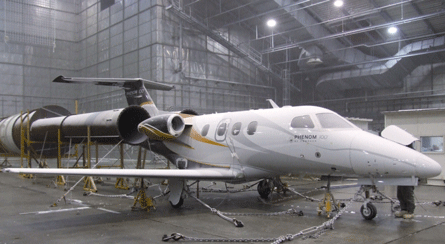
Boeing’s silence over the nature and timing of cold soak tests for the 787 Dreamliner and the ultimate 747, the 747-8 has now lasted an entire northern hemisphere winter and into the early spring.
These are fundamental questions. In order to meet certification standards airliners must pass a test in which they are left unpowered and unheated for prolonged periods at temperatures of about -40C to prove the integrity of their batteries, computers, systems, gear and other critical components in polar and sub-polar weather conditions.
The sort of conditions under which airlines in North America, northern and eastern Europe and across northern and central Asia expect to park their jets overnight and have them start up next morning (when it is most likely still pitch black) without any issues.
Tens of thousands of flights are made annually across the high arctic routes, and a very tiny number of them have to divert to places like Yakutsk, Anadyr, and Fairbanks through medical or mechanical emergencies, not to mention maintain schedules to such locations throughout the cold halves of the year. In short, cold capabilities count.
But despite many requests, Boeing has no answers as to when or how, yet has insisted that the first Dreamliners and the first 747-8F will be delivered to their customers late this year and before the northern winter begins.

This indirectly answers ‘how’ Boeing plans to do the tests. In a very big hangar sized refrigerator, of which there aren’t very many in the world. Embraer had a similar timing issue with its Phenom 100 corporate jet, and solved it in Florida, of all places, where it found such a deep freeze facility with more than enough space for the prototype to cool its wings and everything else in April 2008.
Alternatively, one could surmise that Boeing knows that neither jet will in fact achieve all of their other certification goals before the onset of the northern winter, and can thus be confident of performing the cold soak tests outdoors, in the usual places, early in 2011, which includes airports in Siberia, Alaska and Arctic Canada. If so, Boeing should be sharing this knowledge with its customers and shareholders.
Generally speaking, the Arctic locations do not achieve sufficiently cold temperatures until January or February. This northern winter just over was barely cold enough for long enough for such tests in the sub-polar locations, which recorded comparatively ‘mild’ conditions while the monster snowstorms that fell over the Atlantic states of the US and western Europe were in part attributed to the displacement of cold air southwards from the arid Arctic zones, allowing it to pick up enough moisture to give London, for example, a few decades worth of average snowfalls in a few days.
There are no suitable southern hemisphere locations, no not even in Canberra! There aren’t enough facilities or the necessary logistical support at McMurdo Sound, which seldom gets as persistently cold as the most bitter parts of Siberia, and the Wilkins Blue Ice runway 70 kilometres from Casey is too mild, and has none of the support facilities required.
Further inland, on the high ice domes, even the ground temperatures are colder than -54C or in places below -60C all year, but the air is incredibly thin, in places with an effective altitude much higher than the geographical height of the South Pole or Dome A, the latter region usually reached by giant tractors and the former served largely by ski-equipped C-130s.
So, Mr Boeing, is it the big ‘fridge, or is it the high Arctic early in 2011?








Crikey is committed to hosting lively discussions. Help us keep the conversation useful, interesting and welcoming. We aim to publish comments quickly in the interest of promoting robust conversation, but we’re a small team and we deploy filters to protect against legal risk. Occasionally your comment may be held up while we review, but we’re working as fast as we can to keep the conversation rolling.
The Crikey comment section is members-only content. Please subscribe to leave a comment.
The Crikey comment section is members-only content. Please login to leave a comment.